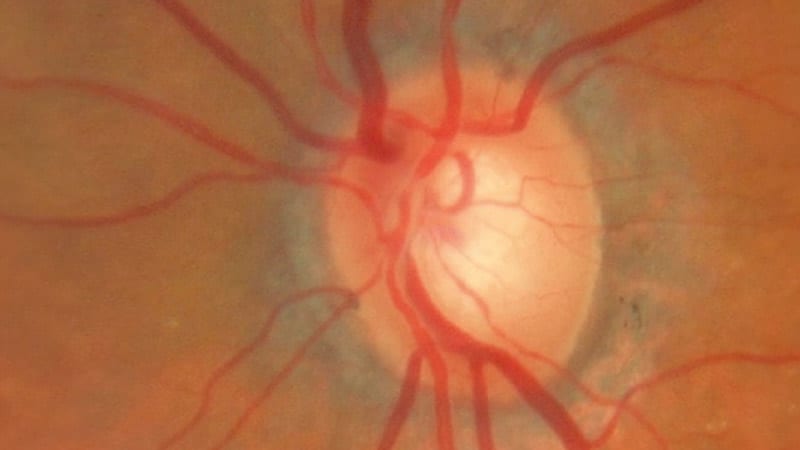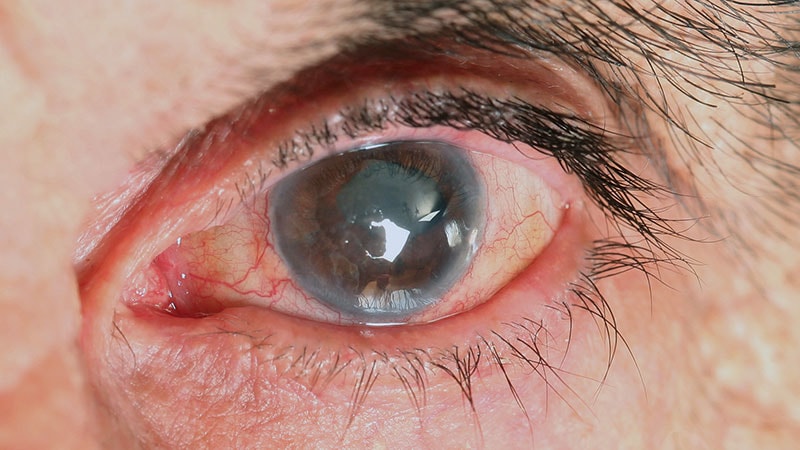Smartphones could be used to scan for early-warning signs of glaucoma, according to research carried out by scientists at the University of Birmingham.
The researchers used soundwaves used as a mobile measurement method to detect increasing values of intraocular pressure (IOP), prompting early diagnosis and treatment.
They carried out an experiment to further investigate the relationship between the internal pressure of an object and its acoustic reflection coefficient. The experiment used hydrostatic pressure to determine internal pressure, and the reflection coefficient was measured and analysed.
An initial experiment was conducted to identify the resonant frequency of the object and the optimal frequency for maximising reflection.
Presenting the findings in the journal Engineering Reports, the authors say the experiment provided confirmation of the theory that mobile measurements of IOP can be conducted with the use of a smartphone.
Co-author Dr Khamis Essa, Director of the Advanced Manufacturing Group at the University of Birmingham, commented: "We discovered a relationship between the internal pressure of an object and its acoustic reflection coefficient. With further investigation into eye geometry and how this affects the interaction with soundwaves, it possible to use a smartphone to accurately measure IOP from the comfort of the user's home."
The authors say further investigation should be conducted into the accurate, mobile measurement of eye geometry, rendering a complete eye pressure measurement achievable. For this to be an accurate measurement, an investigation should be conducted to quantify the changes in eye geometry and how this impacts the value of the reflection coefficient.
Soanes M, Essa K, Butt H. Testing the viability of measuring intraocular pressure using soundwaves from a smartphone. Eng Rep. 2021 Jan 20 [Epub ahead of print]. doi: 10.1002/eng2.12355.
This article originally appeared on Univadis, part of the Medscape Professional Network


